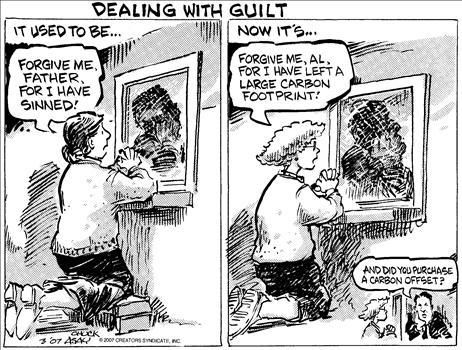IF climate change is the inconvenient truth facing our fossil fuel-dependent society, then advanced nuclear power is the inconvenient solution staring right back at the environmental movement.
Since the 1970s, when the Sierra Club and other prominent environmental groups switched from being active supporters to trenchant detractors, nuclear power has fought an ongoing battle to present itself as a clean, safe and sustainable energy source. Today, a mix of myths and old half-truths continue to constrain people's thinking on nuclear power.
Some of the most regularly raised are that uranium supplies will run out, nuclear accidents are likely, long-lived radioactive waste will be with us for 100,000 years, large amounts of CO2 are produced over the nuclear cycle, it's too slow and costly, and a build-up of nuclear power will increase the risk of weapons proliferation.
Yet the surprising reality is that none of these perceived disadvantages of nuclear power need apply in the future. Indeed, many don't apply now.
Worldwide, nuclear power is undergoing a renaissance. There are 45 so-called generation III reactors under construction, including 12 in China, and another 388 are planned or proposed.
These modern reactor designs are efficient, with capacity factors exceeding 90 per cent, and have a high degree of passive safety based on the inherent principles of physics. For instance, the risk of a meltdown as serious as the Three Mile Island incident in the US (which resulted in no fatalities) for GE-Hitachi's Economic Simplified Boiling Water Reactor has been assessed as once every 29 million reactor years. So judging the ESBWR against the type of reactor that was destroyed at Chernobyl in Ukraine is like comparing the safety of a World War I biplane against a modern jetliner.
In terms of costs and build times, standardised, modular, passive-safety designs, which can be factory built and shipped to site, are game changers for the industry.
The future of nuclear power is brighter still. Although the 2006 Switkowski report on nuclear power in Australia hardly mentioned so-called fast reactors, these have the potential to provide vast amounts of clean, baseload energy for thousands of years.
For instance, a technology developed between 1984 and 1994 at the Argonne National Laboratory in the US, the Integral Fast Reactor, which burns up to 99 per cent of the nuclear fuel, leaves only a small amount of waste, which drops below background levels of radiation within 300 years, shuts itself down if the control systems fail or the operators walk away and cannot be used to generate weapons-grade material.
A new book by Tom Blees, Prescription for the Planet, describes this technology in fascinating detail.
The IFR, and other generation IV designs using depleted uranium and thorium as a fuel, offers a realistic future for nuclear power as the world's primary source of sustainable, carbon-free energy. And the cost of new nuclear power is only fractionally more than coal and with even a modest carbon tax is cheaper than coal.
Renewable energy, such as solar and wind, and energy efficiency and conservation, will certainly allow for a partial transition to a low-carbon economy. Indeed, these are Australia's only realistic prospect for emissions reductions during the next decade. But I am convinced that ultimately they will be insufficient for the problems we face. We will need concentrated sources of energy that are not constrained by geography or intermittency and do not require large-scale energy storage and fossil-fuel back-up.
We need Power to Save the World, to borrow from the title of another recent book on nuclear energy, by Gwyneth Cravens.
The only realistic way out of the climate and sustainability pincer is to find ways to generate more energy, not less. This is patently obvious globally, with the rapidly developing mega-economies of China and India, but it also will be true for Australia. Desalination and electric vehicles will be two new, energy-hungry demands.
The Switkowski report said that, under a fast-paced schedule, we could see nuclear power delivering electricity in Australia within 10 years. Perhaps with sufficient will and a decent carbon price we can get there even faster. But it's absolutely clear we must start the process now.
As a climate scientist, I consider the public dialogue on nuclear power to be every bit as urgent as the debate on a carbon price and the need for climate change adaptation. Yet Australia is dragging its feet while places such as China and India are leading.
Australia's sustainable energy future depends critically on choices made today. It's time for green groups to become rational Promethean environmentalists. Why? Because there's no silver bullet for solving the climate and energy crises. The bullets are made of depleted uranium and thorium.
Barry Brook is the Sir Hubert Wilkins professor of climate change at the University of Adelaide.









